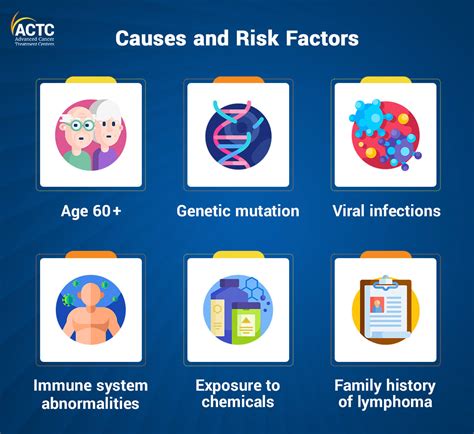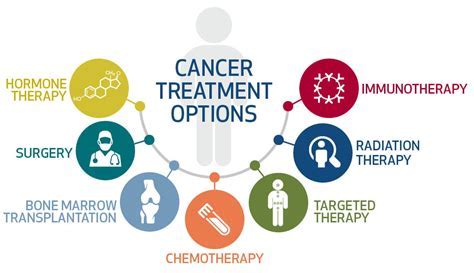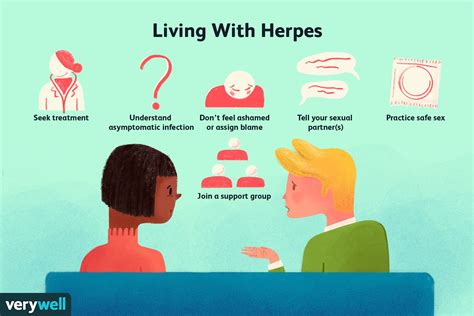Intro
Discover key Herpes Simplex facts, including symptoms, transmission, and treatment options, to understand this common viral infection and its types, such as HSV-1 and HSV-2, and how to manage outbreaks effectively.
Herpes simplex is a viral infection caused by the herpes simplex virus (HSV), which can affect various parts of the body, including the skin, mucous membranes, and nervous system. The virus is highly contagious and can spread through direct contact with an infected person, usually through skin-to-skin contact or by sharing personal items. Despite its prevalence, many people are unaware of the facts surrounding herpes simplex, which can lead to misconceptions and stigma. In this article, we will delve into the world of herpes simplex, exploring its causes, symptoms, treatment options, and prevention methods.
The importance of understanding herpes simplex cannot be overstated, as it affects millions of people worldwide. According to the World Health Organization (WHO), an estimated 67% of people under the age of 50 have HSV-1, while 11% have HSV-2. These numbers highlight the need for education and awareness about the virus, its transmission, and its impact on individuals and communities. By shedding light on the facts surrounding herpes simplex, we can work towards reducing the stigma associated with the infection and promoting a better understanding of the virus.
Herpes simplex is a complex condition that requires a comprehensive approach to management and treatment. From the initial outbreak to the subsequent recurrences, the virus can cause significant discomfort, pain, and emotional distress. However, with the right information and support, individuals can learn to manage their symptoms, prevent transmission, and improve their overall quality of life. In the following sections, we will explore the different aspects of herpes simplex, including its types, symptoms, diagnosis, treatment options, and prevention methods.
What is Herpes Simplex?

Types of Herpes Simplex
There are two main types of herpes simplex: HSV-1 and HSV-2. HSV-1 is the most common type, accounting for approximately 80% of all herpes simplex cases. It is highly contagious and can spread through skin-to-skin contact, sharing personal items, or by touching an infected area. HSV-2, on the other hand, is primarily spread through sexual contact and is more common in women than men.Causes and Risk Factors

Symptoms of Herpes Simplex
The symptoms of herpes simplex can vary depending on the type of virus and the individual's overall health. Common symptoms include: * Painful blisters or sores around the mouth, genital area, or other parts of the body * Itching, burning, or tingling sensations in the affected area * Redness, swelling, or inflammation around the sores * Fever, headache, or fatigue, especially during the initial outbreak * Discharge or bleeding from the soresDiagnosis and Treatment

Treatment for herpes simplex usually involves antiviral medications, such as acyclovir, valacyclovir, or famciclovir, which can help reduce the severity and duration of symptoms. In addition to medication, individuals can take steps to manage their symptoms, such as:
- Applying cold compresses or warm baths to reduce pain and discomfort
- Using topical creams or ointments to soothe the skin
- Practicing good hygiene, such as washing hands frequently and avoiding sharing personal items
Prevention Methods
Preventing herpes simplex requires a combination of safe practices, awareness, and education. Some effective prevention methods include: * Practicing safe sex, such as using condoms or dental dams * Avoiding skin-to-skin contact with an infected person * Washing hands frequently, especially after touching an infected area * Avoiding sharing personal items, such as towels, utensils, or makeup * Getting tested for HSV regularly, especially if you're sexually activeLiving with Herpes Simplex

Coping with the Emotional Impact
The emotional impact of herpes simplex should not be underestimated. Many individuals experience feelings of shame, guilt, or anxiety, which can affect their self-esteem and relationships. Coping with the emotional impact of herpes simplex requires: * Seeking support from loved ones, support groups, or mental health professionals * Practicing self-care, such as exercise, meditation, or therapy * Building a positive self-image and self-worth * Educating oneself and others about herpes simplex to reduce stigma and promote awarenessFuture Directions and Research

Conclusion and Final Thoughts
In conclusion, herpes simplex is a complex and multifaceted condition that requires a comprehensive approach to management and treatment. By understanding the causes, symptoms, diagnosis, treatment options, and prevention methods, individuals can take control of their health and well-being. It's essential to remember that herpes simplex is a common and manageable condition, and with the right support, education, and treatment, individuals can improve their quality of life and reduce the risk of transmission.What is the difference between HSV-1 and HSV-2?
+HSV-1 is primarily responsible for causing oral herpes, while HSV-2 is the main cause of genital herpes. However, both types of HSV can infect any part of the body.
How is herpes simplex transmitted?
+Herpes simplex can be transmitted through skin-to-skin contact, sharing personal items, or by touching an infected area. It can also be spread through sexual contact.
Can herpes simplex be cured?
+Currently, there is no cure for herpes simplex. However, antiviral medications and other treatments can help manage symptoms and reduce the risk of transmission.
How can I prevent getting herpes simplex?
+Practicing safe sex, avoiding skin-to-skin contact with an infected person, and washing hands frequently can help reduce the risk of getting herpes simplex.
What are the symptoms of herpes simplex?
+Common symptoms of herpes simplex include painful blisters or sores, itching, burning, or tingling sensations, and fever, headache, or fatigue.
